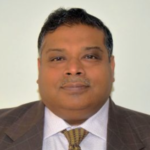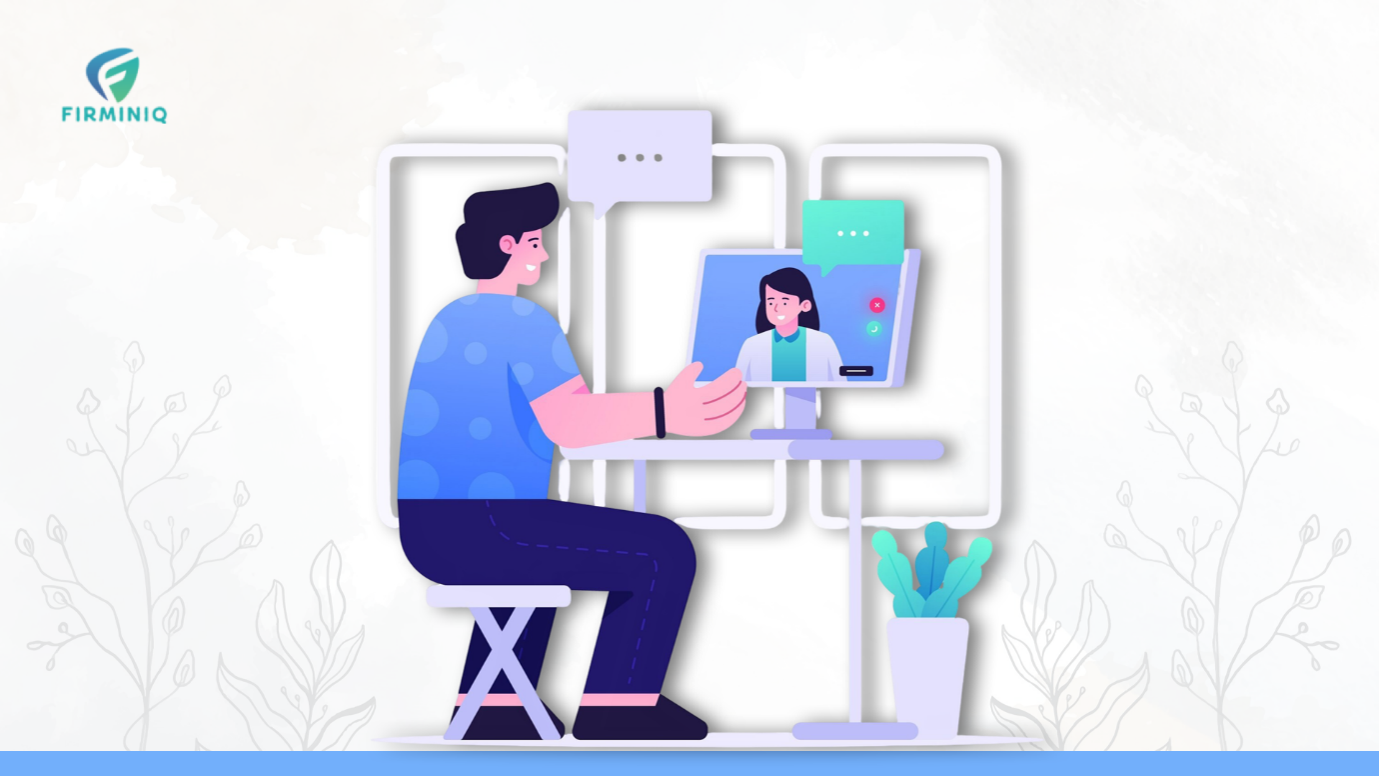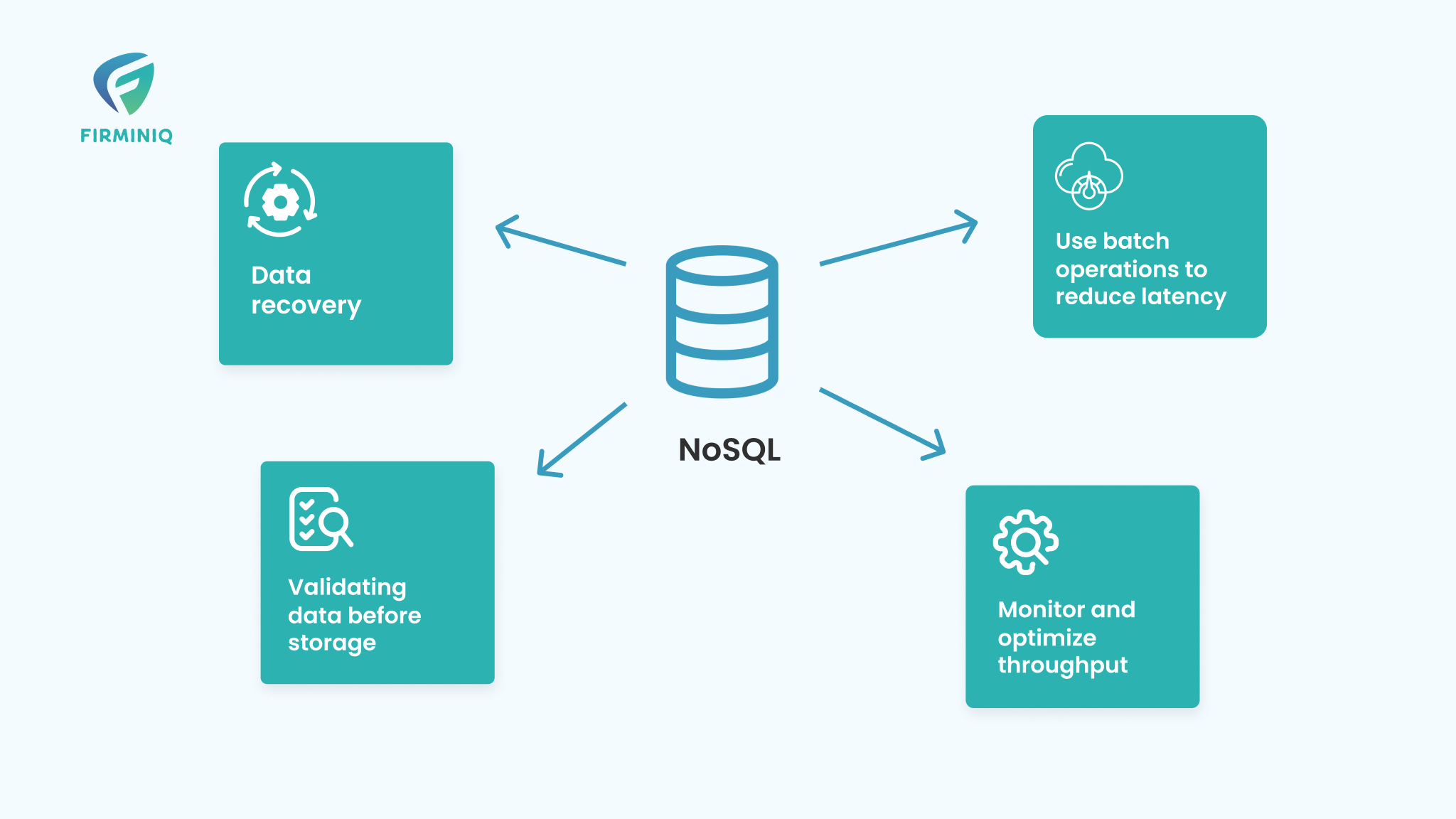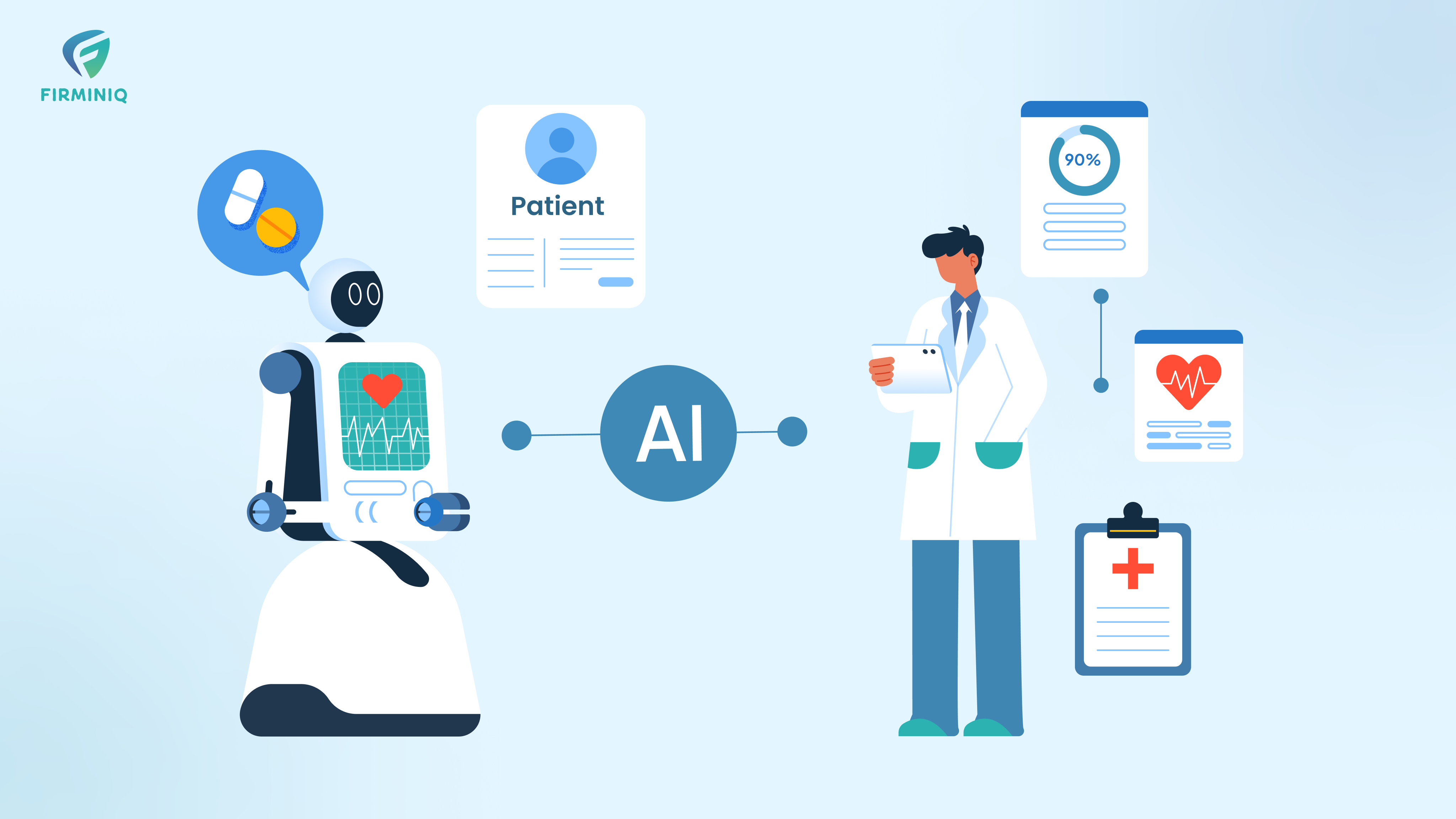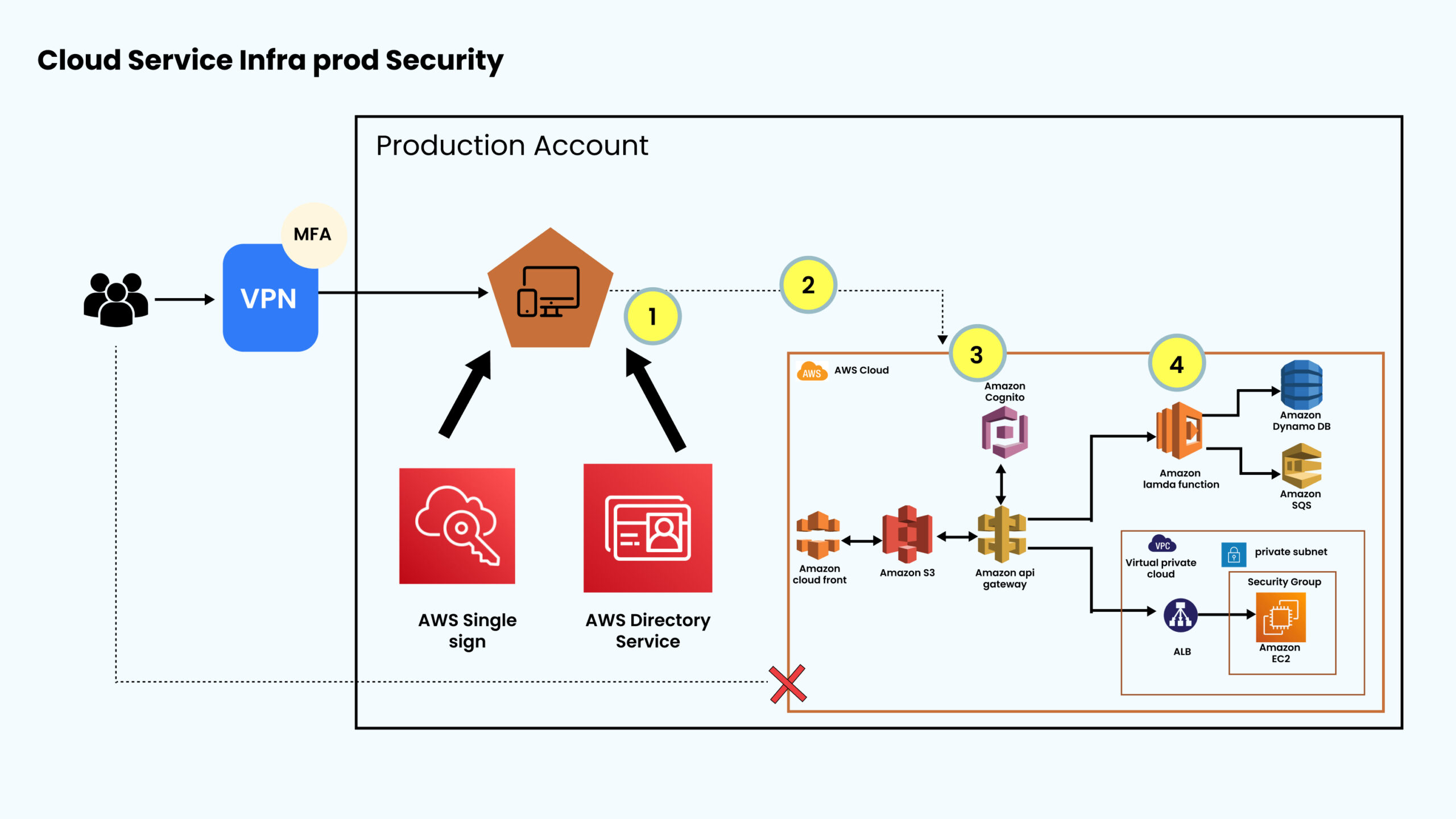Imagine an aged person in a remote village, his heart weakened by years of silent struggle with hypertension. The nearest clinic is a day’s journey, a costly and arduous undertaking. His access to regular monitoring and timely interventions is limited, leaving him vulnerable to life-threatening complications. This isn’t a fictional scenario; it’s the reality for millions living in rural and underserved areas across India. “Rural and remote areas of India face significant challenges in providing adequate health-care services.” – JPHPC
For too long, healthcare in rural India has faced several challenges, including vast distances, a scarcity of medical professionals, inadequate infrastructure, and the economic burden of travel. These obstacles disproportionately affect individuals managing chronic conditions like diabetes, heart disease, respiratory illnesses, and hypertension – conditions that require consistent monitoring and proactive management to prevent debilitating complications.
But now, technology is bridging this gap, bringing healthcare directly into their homes. This is the promise of Remote Patient Monitoring (RPM), and that is why it’s not just a step forward, but a potential lifeline for chronic care in the villages.
The Reality: Chronic Disease Burden in Rural India
The following statistics paint a sobering picture of the chronic disease burden in India:
- “Chronic diseases (including cardiovascular and respiratory diseases, mental disorders, diabetes, and cancers) and injuries are the leading causes of death and disability in India—their burden will continue to increase during the next 25 years as a consequence of the rapidly aging population in India.”-Science Direct
- As per National Library of Medicine, non-communicable diseases (NCDs) are the leading cause of death in India, with studies indicating a high prevalence in tribal populations. This study estimates the proportion of deaths due to NCDs among individuals aged 15 and older in tribal districts across India.
- “About 21% of the elderly in India reportedly have at least one chronic disease. Seventeen percent of elderly people in rural areas and 29% in urban areas suffer from a chronic disease. Hypertension and diabetes account for about 68% of all chronic diseases.”- PLOS ONE
RPM: Hope for Rural Chronic Care
Against this backdrop, RPM stands as a solution with the potential to:
- Extend Healthcare Reach Beyond Geographical Barriers: “Effective RPM deployment in rural and regional areas is viewed by health professionals as crucial for bridging healthcare divides.” – NLM. RPM eliminates the need for frequent and arduous travel to distant clinics. Imagine a patient with chronic obstructive pulmonary disease (COPD) in a remote Himalayan village having their oxygen saturation and heart rate monitored daily from their home, with alerts sent to a healthcare worker miles away if their condition deteriorates. This direct access can be lifesaving.
- Enable Proactive and Timely Interventions: Continuous monitoring allows for the early detection of subtle changes in a patient’s condition, enabling healthcare providers to intervene proactively before a crisis occurs. For a diabetic patient in a village with limited access to regular check-ups, a sudden spike in blood glucose levels detected by an RPM device can trigger a timely virtual consultation and prevent a severe hypoglycemic episode.
- Empower Patients and Improve Self-Management: RPM tools and platforms often come with educational resources and feedback mechanisms that empower patients to understand their conditions better and actively participate in their care. A patient with hypertension using a home-based blood pressure monitor connected to an RPM system can track their readings, understand the impact of lifestyle changes, and feel more in control of their health journey.
- Optimize the Scarce Healthcare Workforce: In villages where doctors and nurses are stretched thin, RPM allows healthcare professionals to monitor a larger population of patients remotely, prioritizing in-person consultations for those with the most critical needs. This efficient allocation of resources can significantly improve the overall quality of care delivery.
- Reduce Healthcare Costs for Both Patients and the System: By preventing hospitalizations, managing conditions effectively at home, and reducing travel expenses for patients, RPM can lead to substantial cost savings for both individuals and the healthcare system in the long run.
Overcoming the Hurdles: Implementing RPM in Rural India
While the potential is immense, successful RPM implementation in rural India requires careful consideration of the unique challenges:
- Connectivity: Reliable internet access remains a significant barrier in many villages. Solutions might involve leveraging existing mobile networks (even basic SMS), exploring satellite-based internet options in remote areas, and establishing community data hubs.
- Digital Literacy: Tailored training programs, culturally sensitive interfaces, and the involvement of community health workers are crucial to ensure that patients and caregivers can effectively use RPM tools.
- Affordability: Cost-effective devices and sustainable funding models are essential for widespread adoption. Public-private partnerships and innovative financing mechanisms will be key.
- Trust and Acceptance: Building trust within communities and addressing concerns about data privacy and security are paramount. Engaging local leaders and involving the community in the design and implementation process can foster acceptance.
- Infrastructure and Power: Solutions need to be resilient to power outages and function with minimal infrastructure. Battery-powered devices and offline data storage with periodic synchronization can be viable options.
Bridging the Healthcare Gap in Villages
RPM isn’t just a technological advancement; it’s a chance to rewrite the narrative of chronic care in rural India, offering a pathway to healthier, longer, and more fulfilling lives for millions. It’s time to embrace this opportunity and make a real difference in the heart of our nation.
If you are a healthcare provider or organization committed to transforming chronic care in rural India, we invite you to explore how our RPM expertise can empower your efforts. Let’s work together to bring the benefits of connected healthcare to those who need it the most. Contact us today for a consultation and discover how we can tailor an RPM solution to meet your specific needs.

